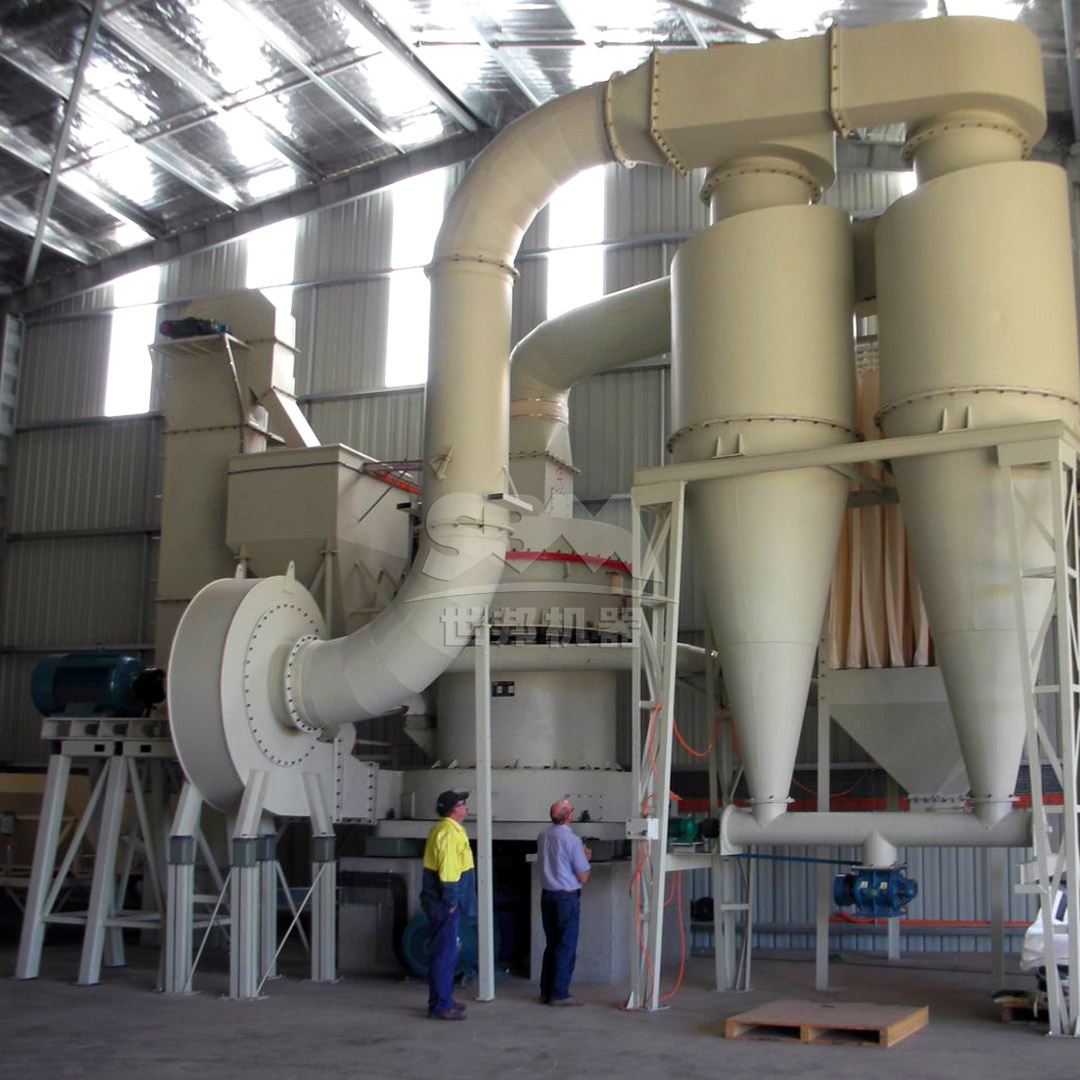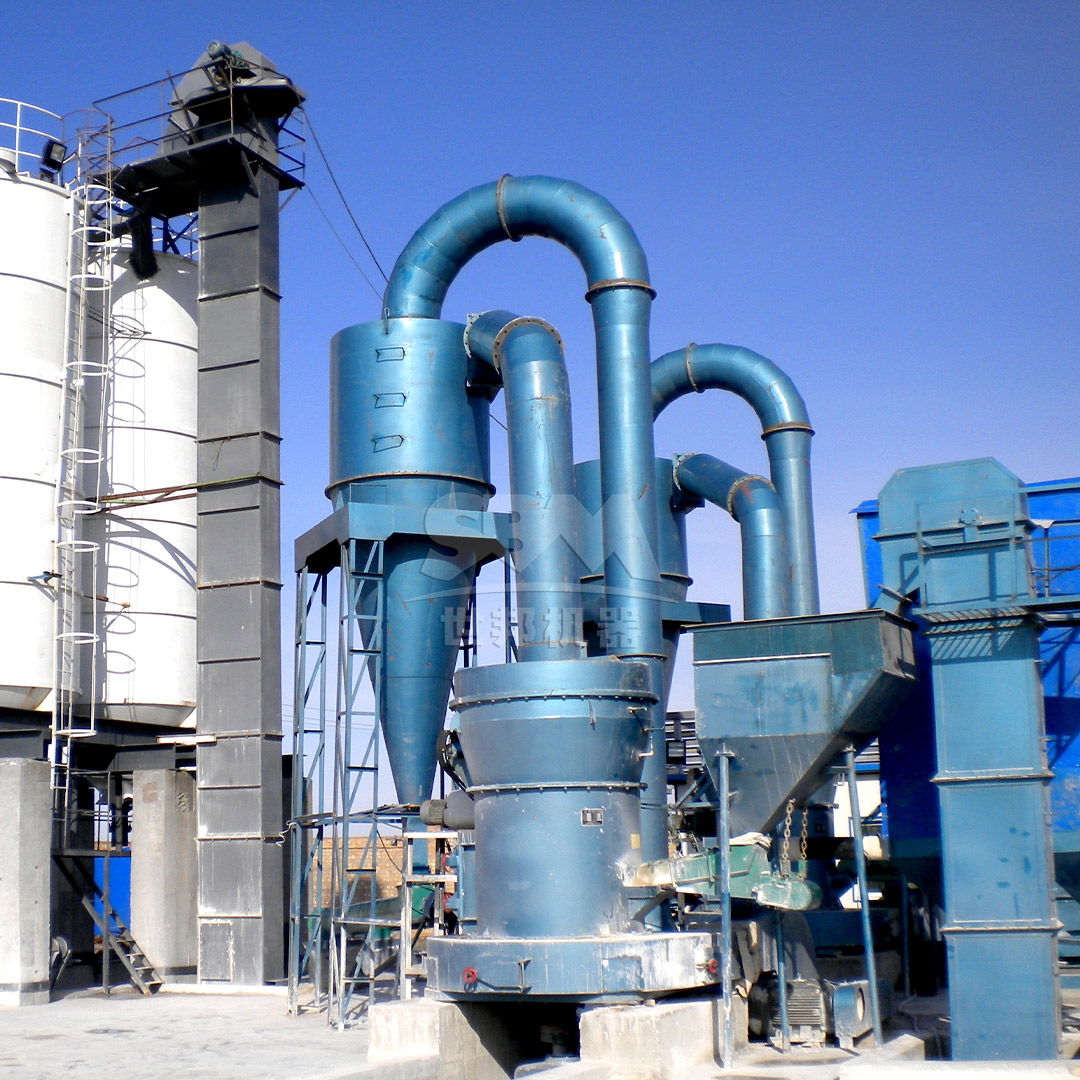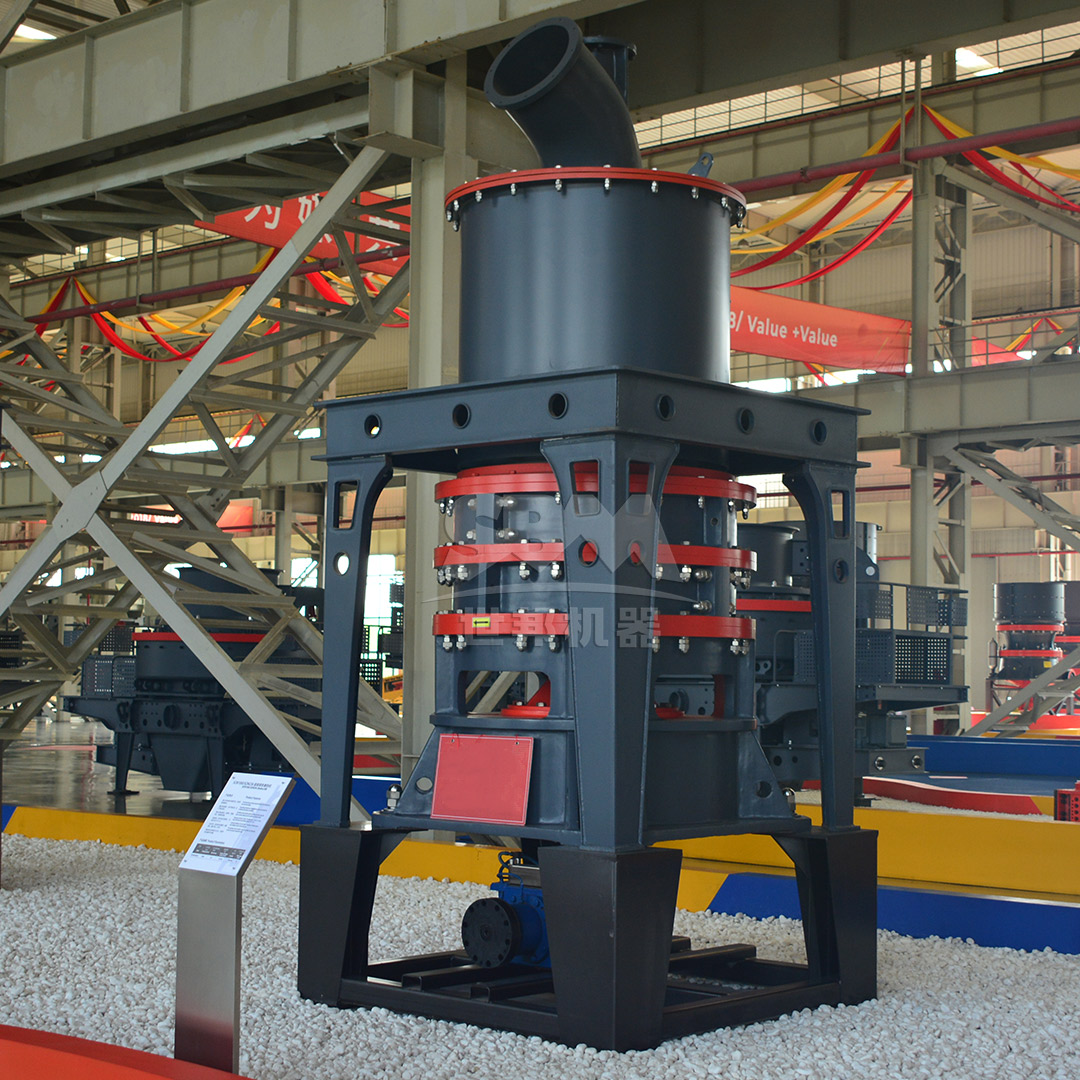The interior decoration industry consistently demands high-quality, finely processed materials to meet aesthetic and functional requirements. Marble, with its natural elegance and durability, remains a premier choice for flooring, countertops, wall claddings, and other decorative elements. The transformation of raw marble blocks into the exquisite powders used in paints, plastics, cosmetics, and synthetic slabs hinges on the efficiency and precision of the grinding process. A modern marble grinding plant is not merely a facility for size reduction; it is a sophisticated operation that integrates advanced technology to achieve specific particle sizes, maximize yield, ensure consistent quality, and operate sustainably. This article explores the critical components and processes of an efficient marble grinding plant, highlighting the technological advancements that enable the production of superior interior decoration materials.

The journey of marble within a grinding plant is a multi-stage process, each designed to progressively reduce the particle size while managing heat, energy consumption, and material quality.
Large marble blocks extracted from quarries are first reduced to manageable sizes, typically below 50mm, using primary crushers like jaw crushers. This stage is crucial for preparing the feed for subsequent grinding mills.
Further size reduction is achieved using secondary crushers or coarse grinding mills. The goal here is to produce a feedstock, usually around 20mm or less, suitable for the final fine and ultra-fine grinding stages.
This is the heart of the plant where the marble attains its final desired fineness. The choice of grinding mill is paramount and depends on the target product specifications. For standard fillers and construction materials, mills producing powders in the 30-325 mesh (600-45μm) range are common. However, for high-value applications in interior decoration—such as high-gloss paints, premium polymer composites, and fine ceramics—ultra-fine powders with a fineness of 325-2500 mesh (45-5μm) are essential. This requires highly efficient and precise grinding technology.

Following grinding, an integral classification system separates the finely ground particles from any coarser material. The coarse fraction is recirculated back to the mill for further grinding, ensuring no oversized particles contaminate the final product. The fine powder is then collected using highly efficient cyclone separators and baghouse dust collectors, which also ensure no particulate matter is released into the environment.
Building an efficient marble grinding plant goes beyond selecting equipment; it involves a holistic approach to design and operation.
Grinding is an energy-intensive process. Modern plants prioritize mills that offer high throughput with lower specific energy consumption (kWh/ton). Technologies like roller mills that utilize pressure rather than impact, and advanced classification systems that prevent over-grinding, are key to reducing operational costs.
The value of marble powder is directly linked to its particle size distribution (PSD), brightness, and chemical purity. Consistent PSD is critical for the performance of the final product, affecting its packing density, reactivity, and visual properties. Advanced mills with precise internal classifiers are necessary to achieve this tight control.
Marble is abrasive. Equipment components like rollers, rings, and liners are subject to significant wear. Utilizing mills constructed with special wear-resistant alloys or designs that facilitate easy maintenance and part replacement minimizes downtime and extends the operational life of the plant.
A modern plant must be designed as a closed, negative-pressure system. This, combined with high-efficiency pulse-jet baghouse filters, ensures that dust emissions are kept well below international standards (e.g., <20mg/m³). Furthermore, noise pollution must be controlled through soundproofing and equipment designed for low-noise operation.
For plants focused on producing the highest quality ultra-fine marble powders for premium interior decoration applications, the SCM Series Ultrafine Mill is an exemplary solution. This mill is engineered to deliver exceptional performance where it matters most: fineness, efficiency, and reliability.
Its core parameters make it ideally suited for high-end marble processing:
| Parameter | Value |
|---|---|
| Input Size | ≤20mm |
| Output Fineness | 325-2500 mesh (D97 ≤ 5μm) |
| Processing Capacity | 0.5 – 25 ton/h (model dependent) |
The technological advantages of the SCM Ultrafine Mill align perfectly with the needs of a modern marble plant:
By integrating the SCM Ultrafine Mill, a marble grinding plant can reliably produce the ultra-fine, consistent, and high-brightness powders demanded by manufacturers of top-tier interior decoration materials, from luxury vinyl tiles to high-end paints and synthetic marble slabs.

The production of high-quality marble powders for interior decoration is a sophisticated process that demands precision engineering and a commitment to efficiency and sustainability. A well-designed marble grinding plant, equipped with advanced technology like the SCM Series Ultrafine Mill, transforms raw natural stone into a versatile and valuable material that enhances the beauty and functionality of modern living spaces. By focusing on energy efficiency, product consistency, equipment durability, and environmental stewardship, producers can ensure they remain competitive in a market that increasingly values both quality and responsible manufacturing practices.